|
|
History of Russian Costume from the Eleventh to the Twentieth Century. — New York, 1977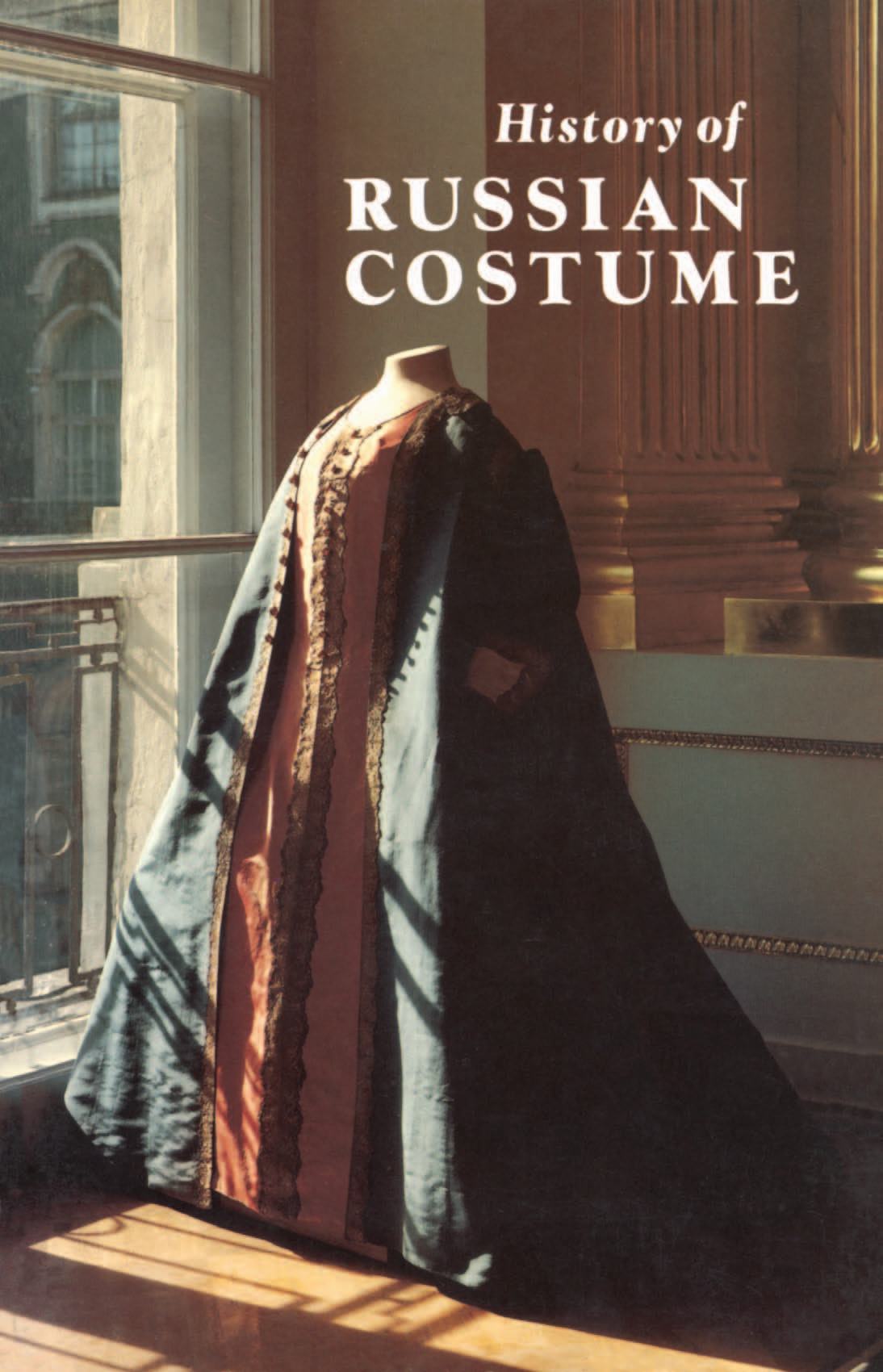 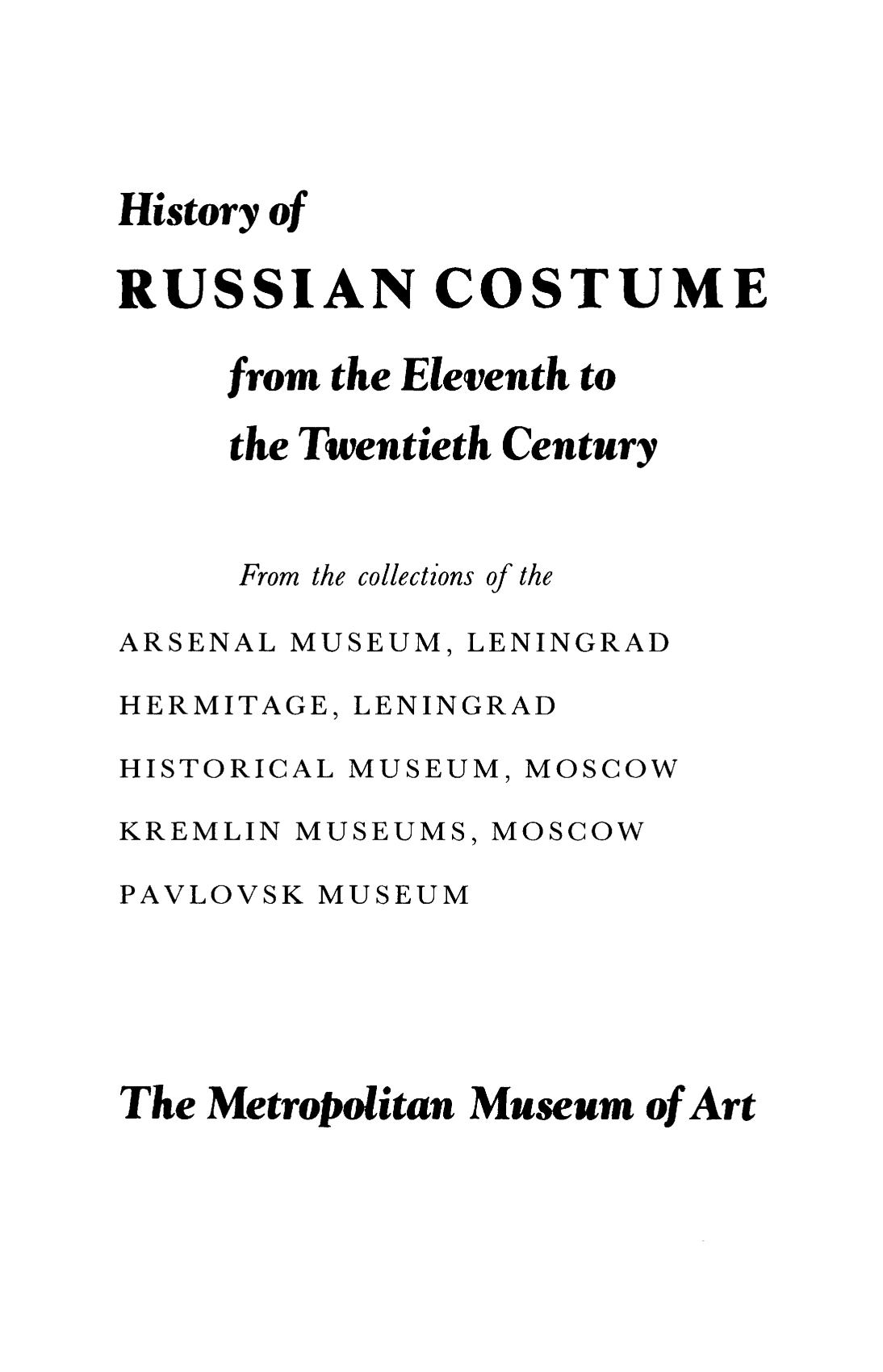 History of Russian Costume from the Eleventh to the Twentieth Century : From the collections of the Arsenal Museum, Leningrad; Hermitage, Leningrad; Historical Museum, Moscow; Kremlin Museums, Moscow; Pavlovsk Museum. — New York : The Metropolitan Museum of Art, 1977. — 116 p., ill. — ISBN 0-87099-160-4
Catalogue compiled by
All photographs, except for those by Malcolm Varon, which are on pages 17, 18, 35, 36, 85, 88 right, 89, and cover, are courtesy of the State Hermitage Museum, Leningrad, and the State Historical Museum, Moscow.
INTRODUCTION
The Glory of Russian Costume exhibition is created on the basis of materials from the collections of leading museums of the USSR: the Pavlovsk Museum, the Arsenal Museum, Leningrad, the State Museums of the Moscow Kremlin, the State Historical Museum, Moscow, and the State Hermitage, Leningrad. Its exhibits are a small part of the collections of these museums, which include all periods of the development of world culture.
The sources of Russian folk art go back deep into the past centuries of the culture of Slavic tribes. Popular domestic peasant art was born from the way of life of the people itself, in the process of work based on a natural striving toward beauty and creativity. This determined the peculiarity of the contents and of the artistic language of this art. Beautiful everyday objects reflected the spiritual culture and the aesthetic ideals of both the peasants and of the village and town craftsmen.
The influence of folk art and the artistic culture of Russia is strongly evident in the 17th century. Masters coming from among the people built and decorated magnificent architectural ensembles, churches, tsars’ palaces, mansions of the boyars, and created and decorated objects for use in their daily lives. For the needs of the nobility unique textiles and embroideries, ornamental jewelry, and items of clothing were made. The high level of folk, or peasant, art served as a stimulus for the creation of craft centers that were the basis for development during the 18th and 19th centuries of manufacturing centers and many branches of Russian artistic industry.
Costume, as an artistic phenomenon, is obviously related to the general direction of the development of Russian decorative art. As part of the material culture of the society, it reflects the history of the people.
In this connection, the exhibition presented to the American audience goes far beyond the framework of a narrowly professional one, and is definitely of great interest to the widest circles of the population. The exhibition acquaints the visitor with the traditional shapes of Russian clothing, as well as with the character of the later all-European type of costume in Russia.
The collection includes more than 500 authentic examples of clothing dating from the 11th to the beginning of the 20th century from the collections of the leading museums of the USSR.
The basic part of the collection consists of real masterpieces of folk art that are of great artistic value and bear witness to the great multifaceted artistic talents of the Russian people.
Among the exhibits are ensembles and individual items of clothing, details of decorative patterns on textiles, precious embroideries, headdresses, and shoes. The history of Russian costume of the early period is represented by items from archaeological excavations. Another part of the exhibition consists of unique monuments of Russian history carefully preserved in the museums’ collections. The visitor to the exhibition will become acquainted with the clothes of Peter I (Peter the Great) and will see the wedding gown of Catherine II, the military uniform of the great Russian general Suvorov, and other exhibits connected with historically prominent persons.
This exhibition of Russian costume is being shown abroad for the first time, but in our country the articles contained in it, as well as an enormous number of other items of clothing and of decorative arts, are gathered in our museums and are well known to a wide circle of museum visitors. These objects serve as authentic sources of inspiration as well as basic material for the creativity not only for artists who design contemporary costume, textiles, and jewelry, but also for artists working for the theater and for the movies, and painters and sculptors who re-create in their works people and events of our country’s history. The teams of dancers that are known worldwide, such as that of I. Moiseyev or the “Berezka” (Little Birch Tree), as well as many popular choral groups and individual performers, are dressed in costumes executed according to popular traditions.
Costume is of an enormous importance for the re-creation of national flavor and for the creation of historical background for such well-known operas by Russian composers as: “Boris Godunov,” “Khovanshchina,” and “Pskovityanka” (The Woman of Pskov), as well as for such fairy-tale operas as “Ruslan and Ludmila,” “The Snow Maiden,” “Sadko,” etc. National costumes are used in many theatrical performances and movies.
This exhibition does not attempt to give a complete picture of the history of the development of Russian popular and urban costume, but attempts to acquaint the visitor with basic stages of its development. The exhibits included in it, serve, in a way, as bright stakes denoting the most characteristic periods of such history.
The art of Russian costume is arranged chronologically in three sections:
Sample pages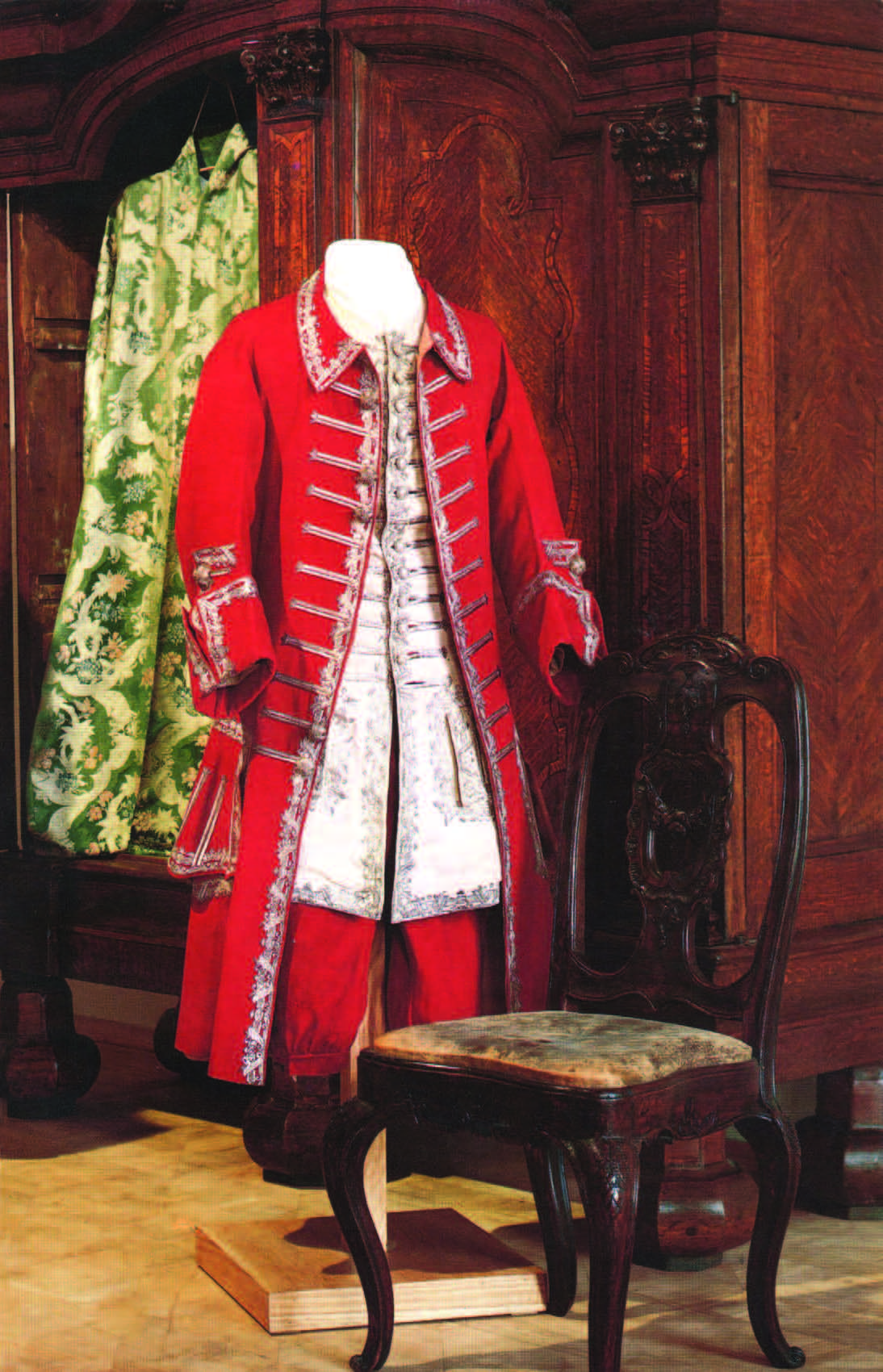 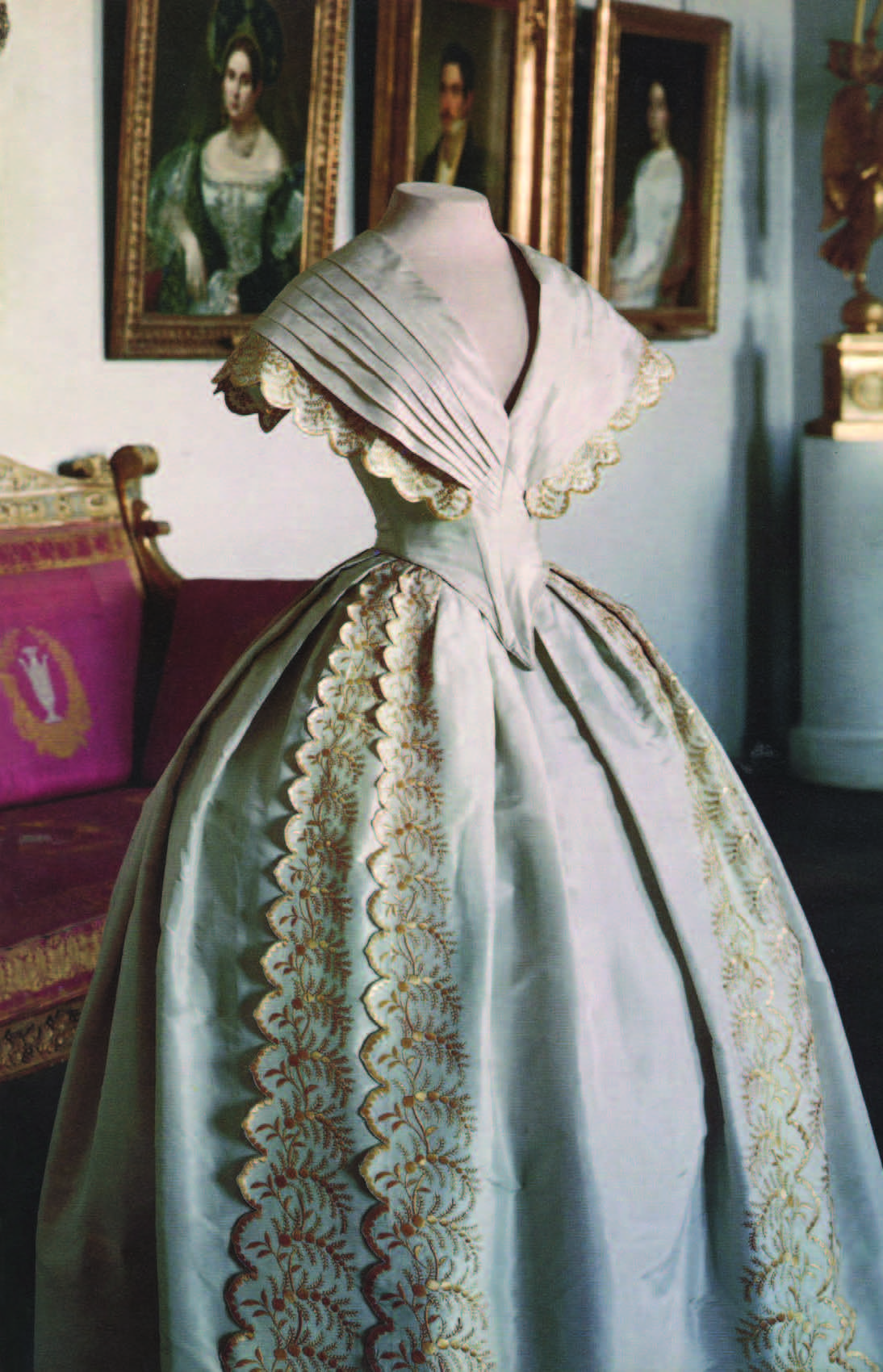 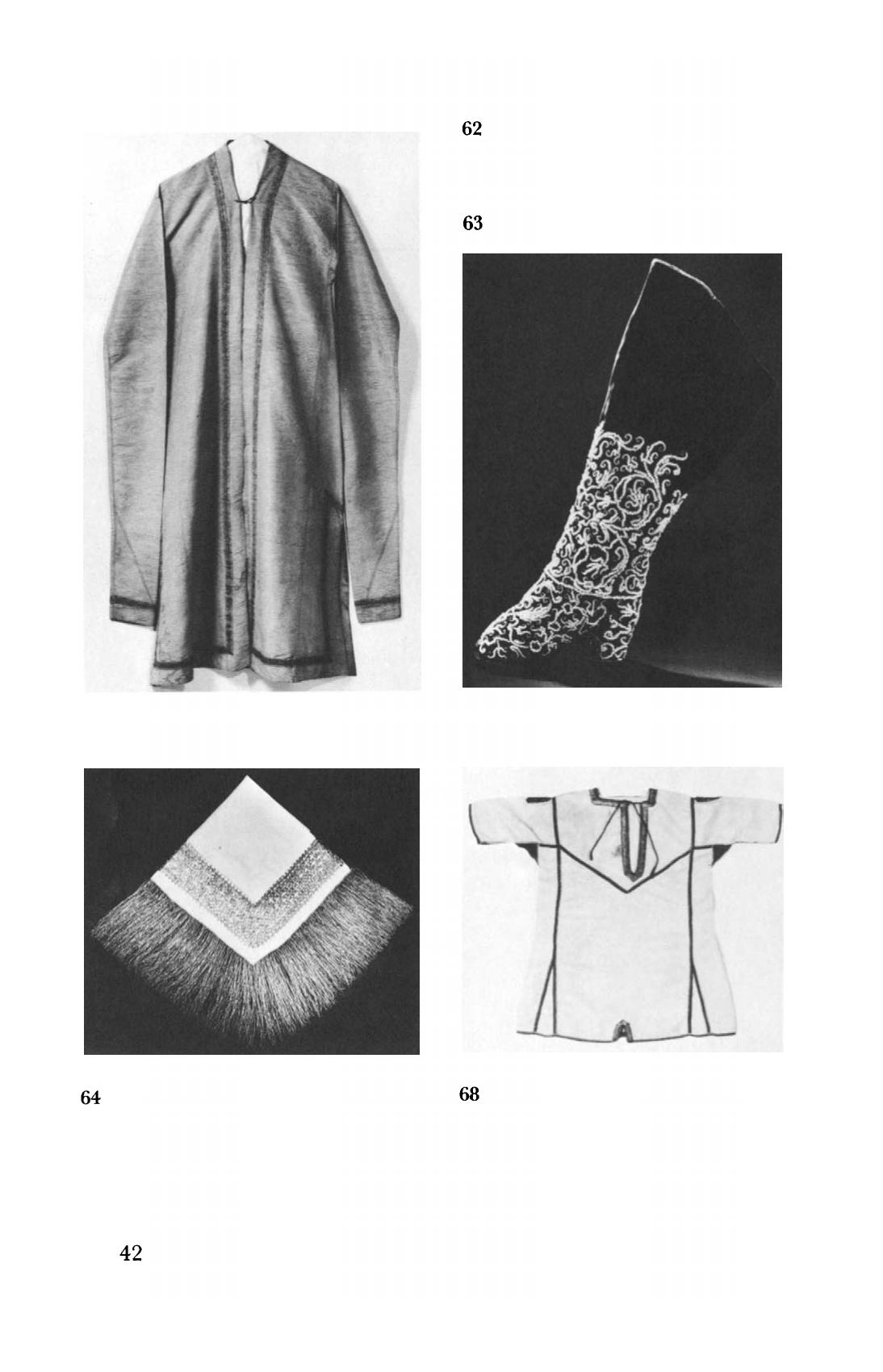 
Direct download link (pdf; 6,8 MB)
Все авторские права на данный материал сохраняются за правообладателем. Электронная версия публикуется исключительно для использования в информационных, научных, учебных или культурных целях. Любое коммерческое использование запрещено. В случае возникновения вопросов в сфере авторских прав пишите по адресу 42@tehne.com.
2 августа 2020, 21:36
0 комментариев
|
Партнёры
|






Комментарии
Добавить комментарий